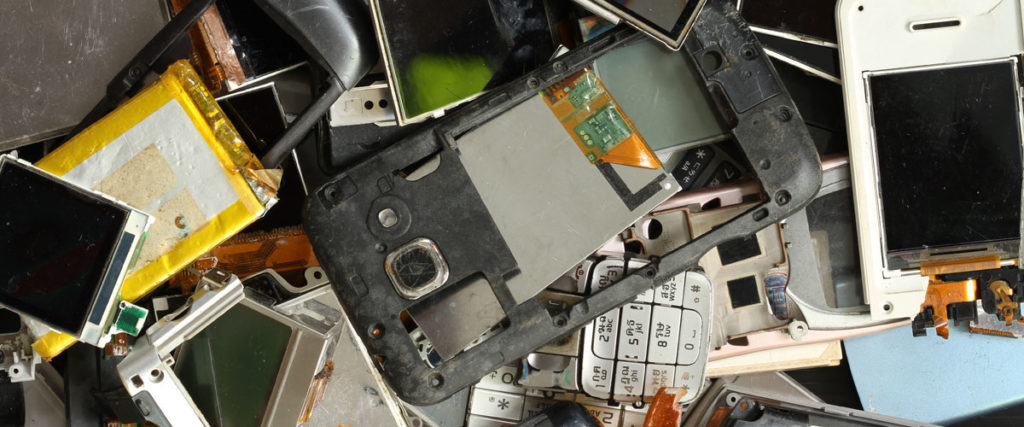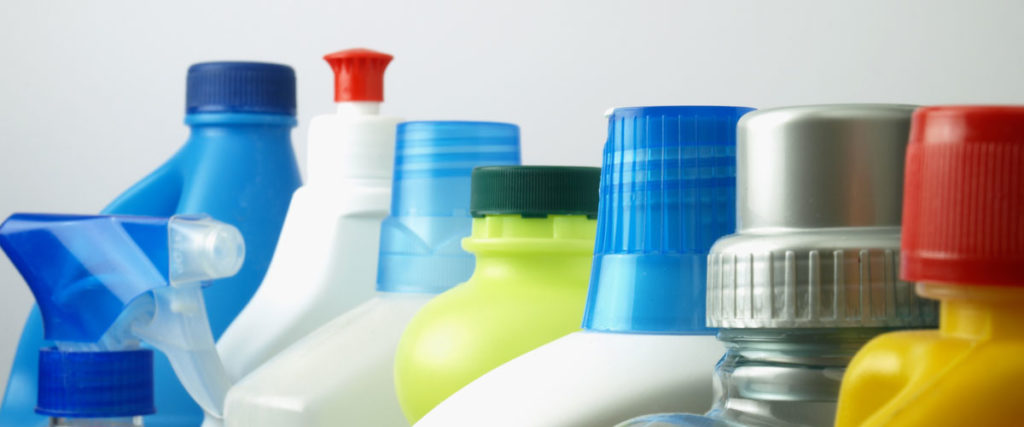
6-11-2017
Not all materials are equally recyclable. Why is that? Some materials can be recycled infinitely, turned over and over again into the same products. Others cannot be turned into the same product without losing quality, so instead they are recycled into products that are less valuable or can no longer be recycled. This is also known as downcycling. Curious to find out which materials are more recyclable? Let’s see what a few common life cycles look like:
Aluminum
Aluminum recycling is very popular, and that’s for a couple of reasons. One is that producing aluminum by mining bauxite is an energy-intensive, pollution-heavy process. The other is that aluminum can be reused infinitely. Aluminum alloys sometimes need to be downcycled into alloys of lesser value, but the lesser value alloys are still reusable and recyclable. According to one source, nearly 75 percent of aluminum ever made is currently in use. On average, aluminum cans are made with 68 percent recycled content.
Steel
The numbers for steel get even higher than the numbers for aluminum, because steel can also be recycled infinitely, but without any loss of strength. The steel cans you purchase food in are 100 percent recyclable, and between 80 and 90 percent of all produced steel is still in use today. All new steel products contain at least some recycled steel. Overall, steel is the material we recycle most.
Glass
Glass can be infinitely recycled, too, but only if it is sorted correctly. This is because different types of glass have different melting points. For instance, Pyrex dishware, auto glass and windows can’t be thrown in curbside recycling along with your glass jars and bottles. Even glass that can be recycled curbside has to be sorted by color before it is processed. Ideally, clear glass jars and bottles are turned back into clear glass containers, and glass bottles of other colors are turned back into glass bottles of those colors. When mistakes happen during glass sorting, the glass is downcycled into other items, such as tiles and road surfaces, which are less often recyclable.
Paper
Paper recycling has been popular for a long time. Everyone knows that you can save trees by recycling paper. But can you recycle paper infinitely? No. Paper is downcycled into paper products of less value or quality. This is because as paper is processed, its fibers shorten. Shorter fibers are not as strong or as durable, and often require other longer fibers to be mixed with them in order to be functional. For example, high grade white office paper can be recycled into high grade recycled paper. But mixed quality papers recycled together might only be able to make low-quality paper, such as newsprint. The shortest paper fibers are often turned into end-of-use products like napkins, paper towels or bathroom tissue. Paper can only be recycled about five to seven times before its fibers become unusable.
Plastic #1 (PET)
Most plastics can only be recycled once, so they are generally downcycled into unrecyclable products. Plastic #1, or PET, is most often downcycled into polyester fiber to make clothing, carpet and fiberfill. Polyester products can no longer be recycled as plastic. PET can be recycled back into plastic bottles and other food and non-food containers, but this is less common. When PET is recycled back into plastic without being mixed with virgin PET, it can be recycled only about three times before its quality is visibly decreased. PET has to be combined in equal parts with virgin PET in order to stay usable.
Remember: Because so much recycling is actually downcycling, it’s all the more important to limit your consumption of disposables in the first place. Reduce and reuse first — recycle as a last resort.









